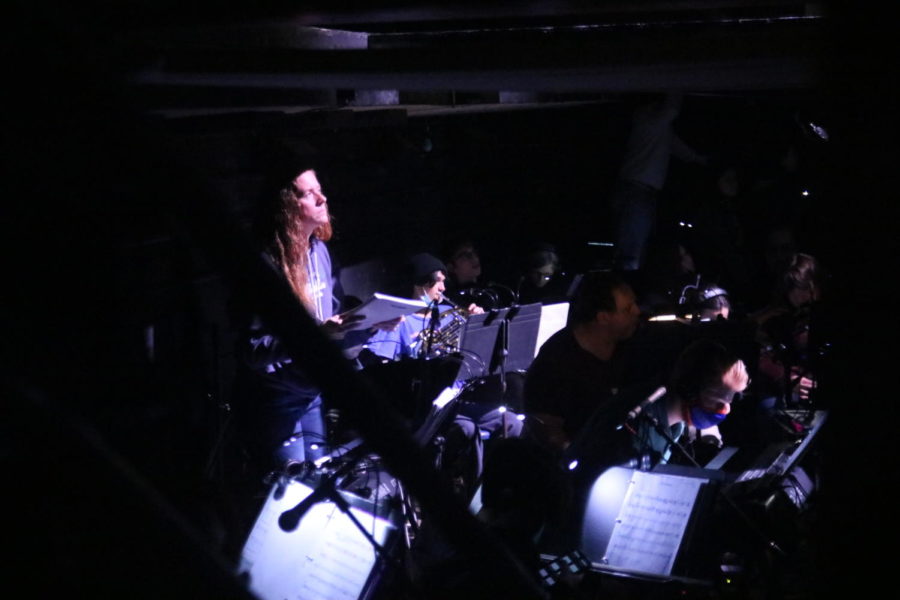The Tosa Compass is the only dedicated Wauwatosa newspaper, providing quality news coverage. Your donation will support the student journalists of Wauwatosa East and West, helping us purchase equipment and cover our annual website hosting costs.
Students practice in pit.
Behind the Scenes with the Pit
March 4, 2022
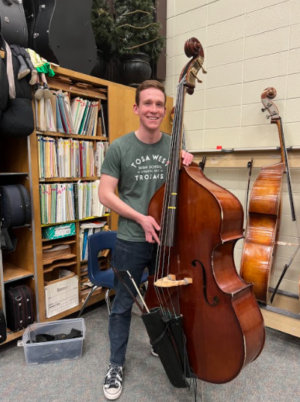
“I do enjoy playing in the pit. It is one of my favorite parts about being involved with music at West. It allows me to grow as a musician because of the different music types and settings. Also, sitting in the actual pit in a show kinda relieves the stress from it, since you aren’t seen by the audience,” said Tosa West junior, Ethan Espinosa, who plays bass.
17 Tosa West students are part of the pit orchestra. It is a set of live musicians sitting under the stage working together under the direction of a conductor to make the live musical experience unique, exciting, and more full.
“We all wear headsets so it is easy for Mr.Hunt to communicate with us. It does get really cramped down there and hard to walk around when all of the people, equipment, and instruments are down there, but it is worth it,” said Tosa West junior, Abigail Burgardt, who’s plays the trumpet.
The pit is led by band director, Alexander Hunt and Orchestra teacher, Tiffany Chang.
“I help to select student musicians, contract the adult musicians, make the rehearsal schedules, and take care of communication,” said Hunt.
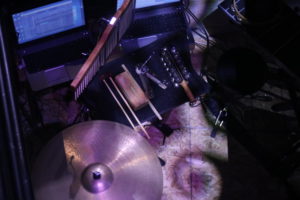
Although their roles are different, they’re both vital to the success of the pit.
“I help all of the student string players involved. There are a number of techniques that the string players have come across in their school music at other points in time, but this musical has a very high concentration of all of these techniques all happening in close proximity,” said Chang.
Becoming a part of the pit is a process that differs for orchestra and band students.
“Mrs. Chang held auditions for the string instruments, but band kids were asked to play in it, so you have to be one of the best musicians in the school in order to be a part of it,” said Tosa West Senior, Ella Schimabauer, who plays the keyboard.
The musicians for Beauty and the Beast had to learn 24 songs, which equates to two hours show’s worth of music, an overture before the musical starts, and music after the show is over for bows, and they have to know it all at a professional level.
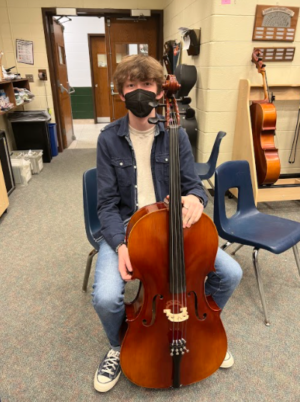
“The music is fairly difficult because we are playing with vocalists, we have to play in a key signature that is comfortable for someone singing, but not necessarily “friendly” for us. Keeping track of 7 flats or 7 sharps or double sharps or double flats is hard. There are also many tricky transitions out of vamps when we are waiting for dialogue to happen, or tempo changes necessary for dancing on stage. It also takes a large amount of concentration to stay focused for many hours at a time,” said Chang.
Independent learning is very important, considering the length of the books of music, and the inability to go through it all and teach it to each individual musician. Students have to be able to read accurately, adapt quickly, and be open to feedback.
“I try to spend at least an hour or two a week practicing outside of rehearsal. I don’t have a ton of free time so it’s hard to find time, but I get it where I can,” said Tosa West junior, Noah Kubiak.
Learning the music is one part, but then having to adapt for the actors on stage presents another issue.
“Pit music, at least for me, isn’t very hard, but the challenge comes from the queues and paying attention to the singers, which can’t be practiced outside of school,” said Espinosa.
However the challenge that comes from adjusting for actors, is what makes the live music all that much better.
“I lead them, by conducting, and we can make real time adjustments to perfectly match the actors on stage. Also, live music sounds better than something that is pre recorded. There is more variety in the tone color of sound,” said Hunt.
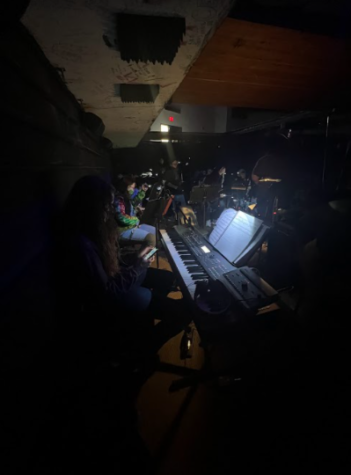
The pit adds a whole new layer to the musical, yet many feel a lack of appreciation.
“When people are congratulating the theater program for a show, they’ll say congratulations only to the cast and crew. We put in just as much work as the cast and crew. It’s not like just anyone can do pit either. Anyone can walk into a cast audition or join the crew with no experience and do perfectly fine, but that’s not the case for pit,” said Schimabauer..
The same feelings are felt by other musicians in the pit.
“Within the preparation for the show, many posts are made about the cast and tech and how they are getting ready, but out of this whole year (42nd street and Beauty and the Beast) there was only one post about pit preparation, and it was combined with the cast and crew. I feel like there are many ways we could get more recognition, they are just not being done,” Burgardt pointed out.
“I feel like a lot of times, people who come to the shows wouldn’t even know we existed if they didn’t see a giant hole in the stage and the conductor’s head poking out,” added Schimabauer.
However, others believe the opposite.
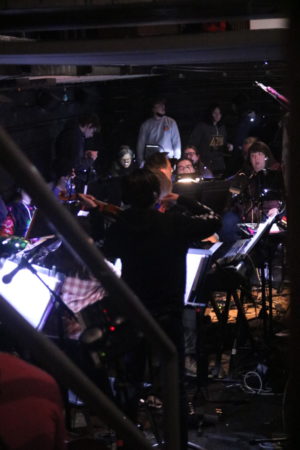
“I think the pit gets a good amount of recognition. We get motioned to in the bows, and we are listed in the program,” said Kubiak.
Regardless of their stance on the amount of recognition they deserve, all musicians in the pit find it enjoyable.
“I love being part of the pit. Theater and band are the two things that I most love being a part of, so being able to combine the two is perfect for me. I do want to continue to play in the pit next year if that experience arises again,” said Burghardt.
Similar sentiments are felt by a majority of the musicians.
“This is my first time doing pit and so far it’s been a lot of fun. We all understand that the music is hard and it’s fun learning it all together. I would definitely do it next year, if it requires string parts,” said Kubiak.
Both students and staff believe that the pit is an important aspect of the show.
“Imagine the show with no pit orchestra playing. It would be empty, and awkward. Maurice prowling around the castle without the underscoring would be very strange. None of the songs are designed to be sung acapella. The dancers need music to keep a tempo. The key word in “musical” is “music,” said Chang.

